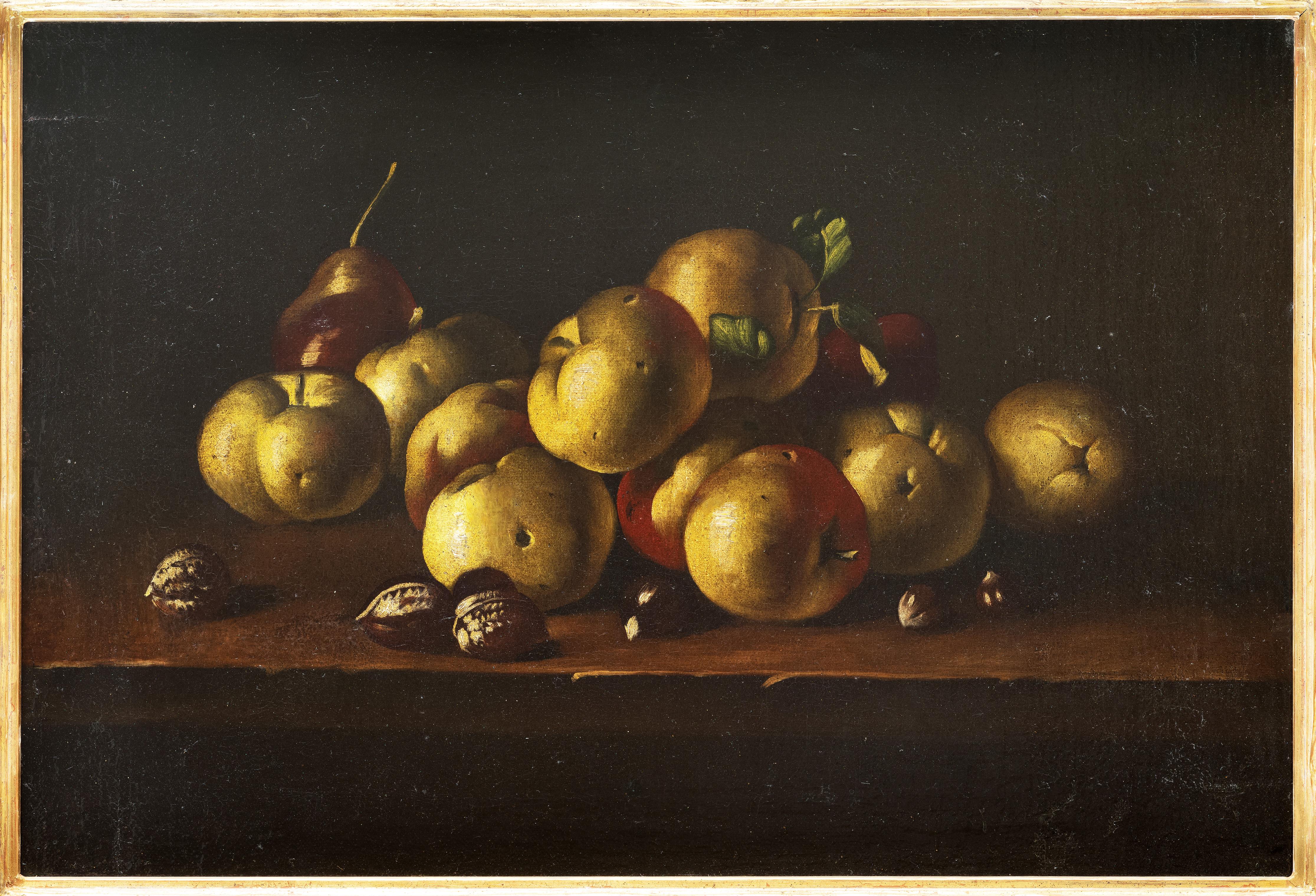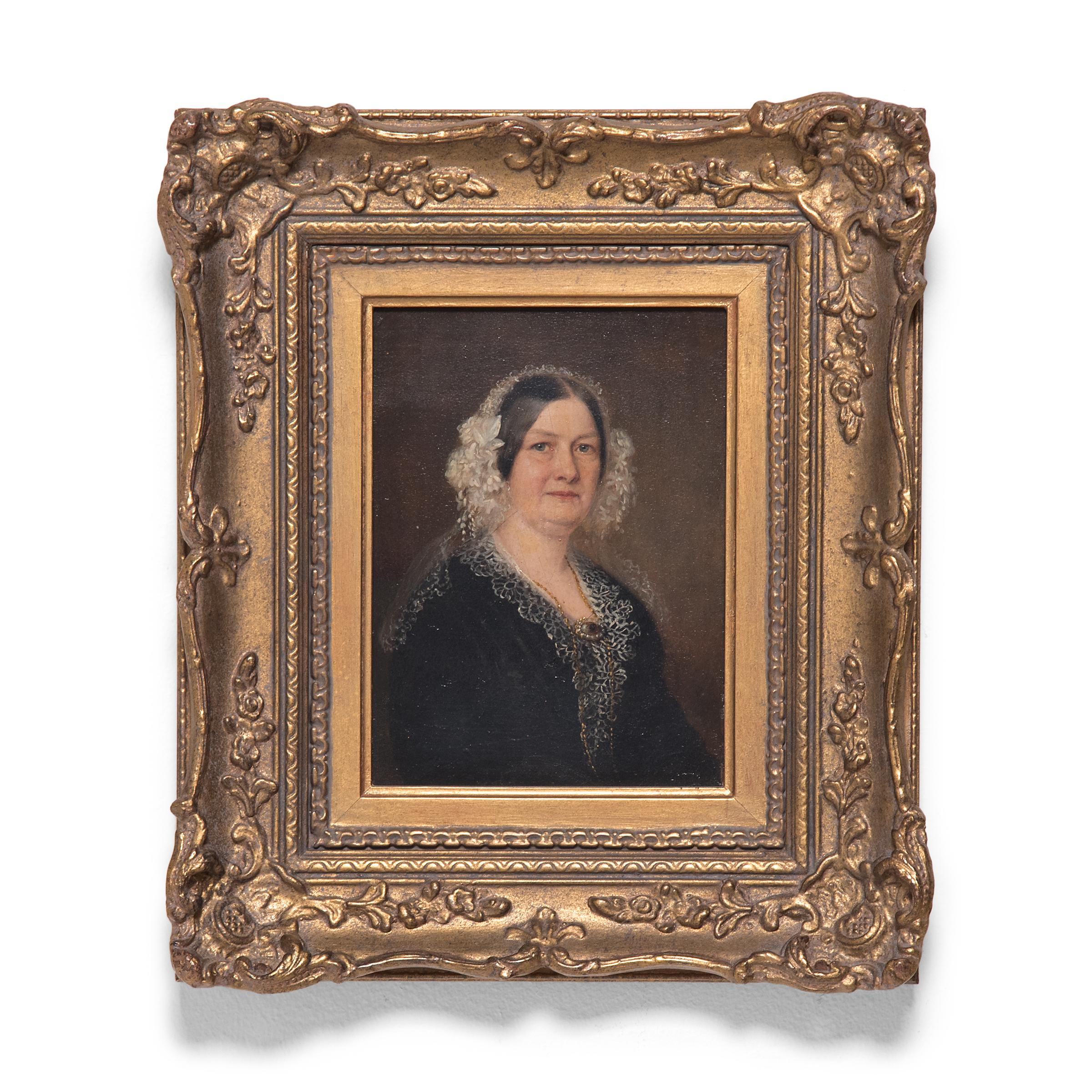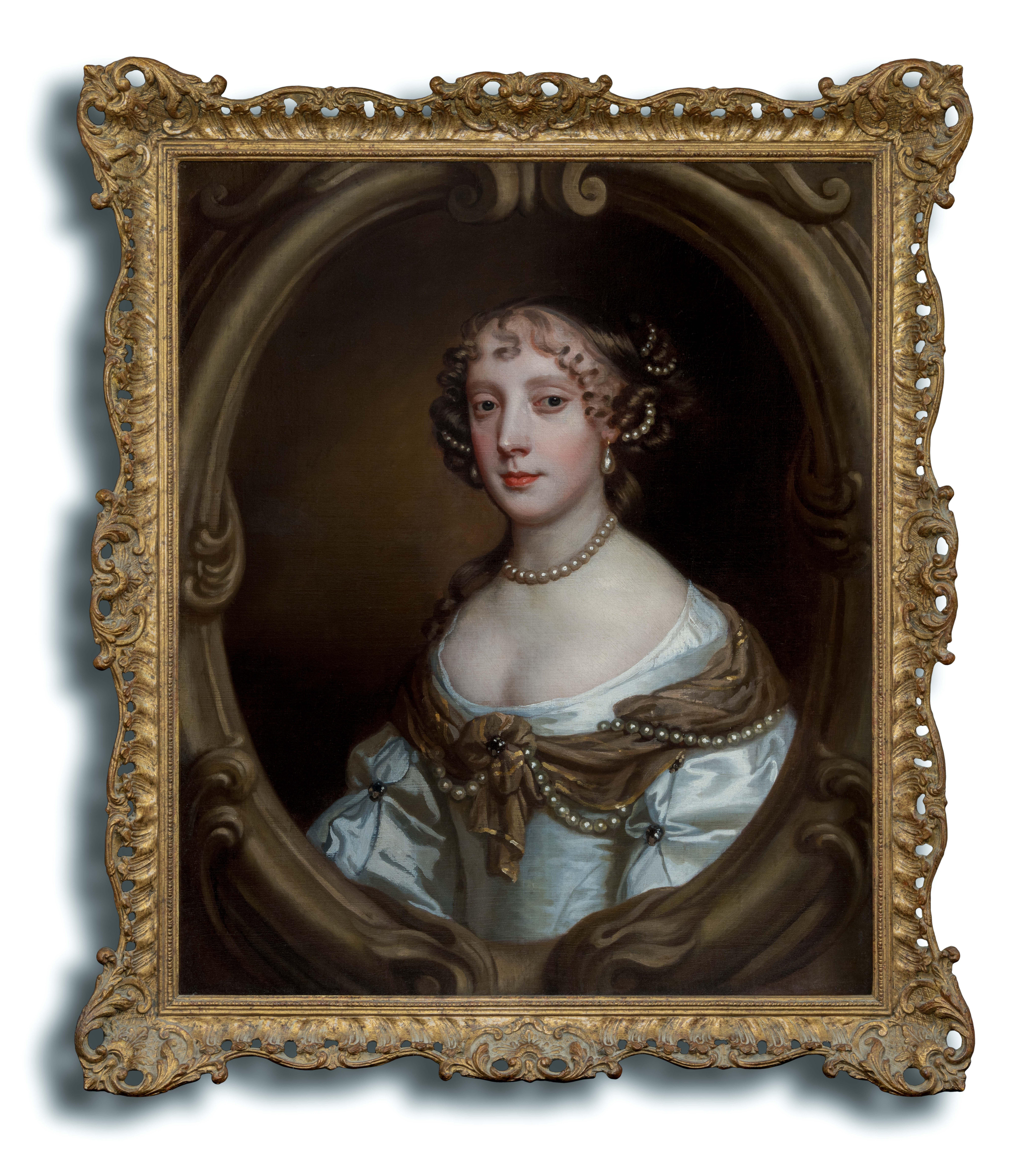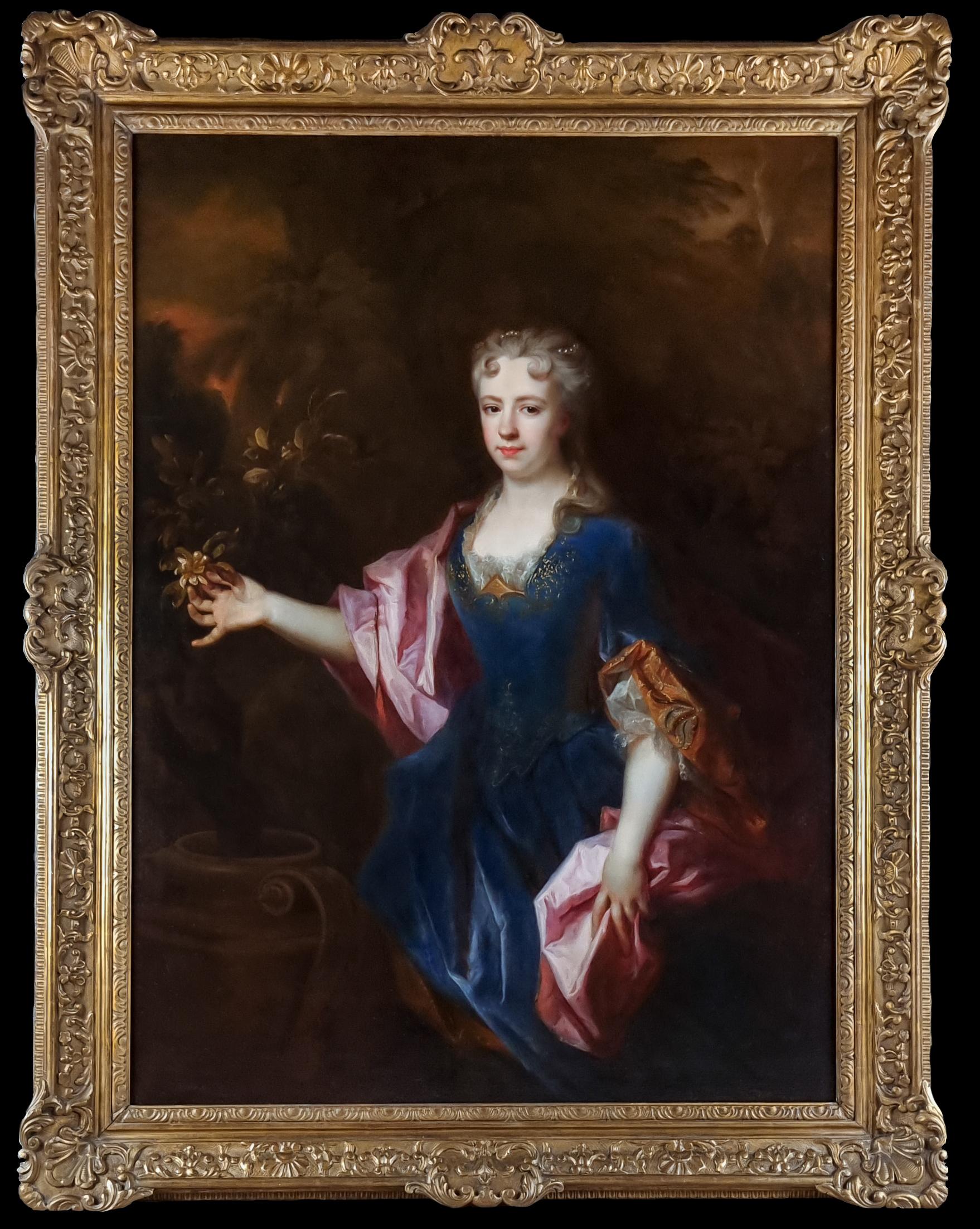Items Similar to Portrait of Giuseppe Garibaldi - Original Glass Art - 19th Century
Want more images or videos?
Request additional images or videos from the seller
1 of 4
UnknownPortrait of Giuseppe Garibaldi - Original Glass Art - 19th Century19th century
19th century
About the Item
Portrait of Garibaldi is an admirable piece of art painted on small glass, realized by anonymous artists of the 19th Century.
Good condition.
The tiny and small piece of glass art, Portrait of Garibaldi is impressive artwork suitable for a great collection.
- Creation Year:19th century
- Dimensions:Height: 0.4 in (1 cm)Width: 0.4 in (1 cm)Depth: 0.04 in (1 mm)
- Medium:
- Movement & Style:
- Period:
- Condition:Insurance may be requested by customers as additional service, contact us for more information.
- Gallery Location:Roma, IT
- Reference Number:
About the Seller
4.9
Platinum Seller
These expertly vetted sellers are 1stDibs' most experienced sellers and are rated highest by our customers.
1stDibs seller since 2017
6,749 sales on 1stDibs
Typical response time: 2 hours
- ShippingRetrieving quote...Ships From: Rome, Italy
- Return PolicyA return for this item may be initiated within 14 days of delivery.
More From This SellerView All
- De Humana PhysiognomoniaLocated in Roma, ITDe Humana Physiognomonia - Libri IIII Original Title: Io: Bap-tistae Portae Neapolitani. De Hum. Physiognomonia. Libri IIII. Ad Aloysium Card. Estensem Vici Aequensis, Apud Iosephum Cacchium, 1586. Vol. In-4° / cm. 32x22 272 pp (typographic mystake for page 265 indicated as 272 an vice-versa) Circulation: Rare First Edition Format: In-4° Pages: 272 Cover on ancient parchment, with title in ink (ancient calligraphy) on spine and “archivistic” decorations in leather and rope on same spine. Binding restored using original contemporary cover. Frontispiece fully engraved with portrait of author within an imaginary composition; portrait of Cardinale d’Este, whom the work is dedicated to, follows with full page engraving. Includes 85 engravings 4 of which full page, showing human physiognomies compared to animals’ in order to demonstrate the relationship between physical aspects and moral features. Good and clean copy, in a nice state. Black stain on p. 97 and minor tear on p. 198. Some whitening on 3-4 pages which do no affect reading. Rare first edition of a pillar of modern anthropology, and one of the most popular essays of Italian Renaissance, with important influence during the following 300 years. First book to be printed in Vico Equense...Category
16th Century Old Masters Figurative Prints
MaterialsEngraving, Paper
- Accurata e succinta descrizione topografia delle Antichità di RomaBy Ridolfino VenutiLocated in Roma, ITComplete title: Accurata e succinta descrizione topografia delle Antichità di Roma dell'Abate Ridolfino Venuti Cortonese Presidente all'Antichità Romane e Membro Onorario della Regia...Category
Early 1800s Old Masters More Art
MaterialsPaper, Etching
- Ancient Roman Fresco - Original Etching By F. Cepparuli - Mid-18th CenturyBy Francesco CepparuliLocated in Roma, ITFrancesco Cepparuli, Ancient Roman Fresco, original etching hand watercolored. Mid-18th Century. original etching from the end of the 18th century, realized by Francesco Cepparuli. ...Category
Late 18th Century Old Masters Figurative Prints
MaterialsEtching
- Cave Rue de l'Enfer - Original Etching by Augustin André Lançon - 1871Located in Roma, ITCave Rue de l'Enfer is an original Etching realized by Augustin André Lançon in 1871. Rare etching belonging to the suite "Guerre de 1870 et Siège de Paris". Very good Conditions. ...Category
1870s Old Masters Figurative Prints
MaterialsEtching
- Collegio De Neofiti - Etching by Giuseppe Vasi - Late 18th CenturyBy Giuseppe VasiLocated in Roma, ITCollegio De Neofiti is an original black and white etching of the Late 18th century realized by Giuseppe Vasi. Signed and titled on plate lower margin. Good conditions and aged mar...Category
Late 18th Century Old Masters Figurative Prints
MaterialsEtching
- Monastero e Chiesa di S. Apollonia-Etching by Giuseppe Vasi-Late 18th CenturyBy Giuseppe VasiLocated in Roma, ITMonastero e Chiesa di S. Apollonia is an original black and white etching of the Late 18th century realized by Giuseppe Vasi. The beautiful etching represents a glimpse of Rome. Si...Category
Late 18th Century Old Masters Figurative Prints
MaterialsEtching
You May Also Like
- Still Life with Apples and Nuts, 17th Century, Old Master, Spanish PaintingLocated in Greven, DEJuan Sánchez Cotán (1560 - 1627) was one of the most important still life painters in Spain and beyond. He developed a certain type of still life with a ...Category
17th Century Old Masters Still-life Paintings
MaterialsCanvas, Oil
- 17th Century Flemish Sculpture of a Religious FigureLocated in Rochester, NYAntique carving of a saint or martyr. 17th century Flemish hardwood carving. Wonderful wear and rich color.Category
17th Century Old Masters Figurative Sculptures
MaterialsWood
- Oil Portrait of a Victorian Lady, c. 1850Located in Chicago, ILPainted in the 19th century, this exquisite miniature portrait wonderfully exemplifies realism in traditional oil painting. The small artwork is painted in the conventional portraiture style of the Old Masters, and achieves soft realism with fine brushwork and a subdued, neutral palette. The half length portrait depicts a fine Victorian woman dressed in all black with a delicate lace collar and bonnet. She wears a ruby broach...Category
Mid-19th Century Old Masters More Art
MaterialsOil
- Portrait of Lady, Grace Saunderson, Viscountess Castleton Oil on canvas PaintingBy Studio of Sir Peter LelyLocated in London, GBPortrait of Grace Saunderson, Viscountess Castleton (1635-1667) c.1665-67 Sir Peter Lely and Studio (1618-1680) Titan Fine Art present this work, which formed part of a collection of family pictures and heirlooms of the Saunderson, Viscount Castleton family and their descendants, the Earls of Scarbrough, at their magnificent family seat Sandbeck Park, where the Earls still reside today almost four hundred years later. It was painted in the studio of Sir Peter Lely...Category
17th Century Old Masters Portrait Paintings
MaterialsCanvas, Oil
- Portrait of a Lady in an Elaborate Stone Cartouche, Oil on canvas PaintingBy Mary BealeLocated in London, GBPortrait of a Lady in an Elaborate Stone Cartouche c.1675-80 Mary Beale (1632-1699) Titan Fine Art present this superb portrait where the sitter has been portrayed wearing a low-cut white chemise under a gold silk robe with a draped light...Category
17th Century Old Masters Portrait Paintings
MaterialsCanvas, Oil
- Portrait of a Lady, Marie-Madeleine de Chamillart, Oil on Canvas PaintingLocated in London, GBThis work formed part of the collection of paintings and family heirlooms of Baron Hugues Alfred Frèdéric de Cabrol de Moute (1909-1997) and his wife, Baroness Marguerite (née d’Harcourt) de Cabrol de Moute (1915-2011). The couple had unimpeachable and enviable family backgrounds, and were descendants of ancient princelings; together they were one of the most prominent high-society couples of the twentieth century and counted the Duke of Duchess of Windsor amongst their closest friends. This portrait is that of Marie-Madeleine de Chamillart (died 28 May 1751) nee Nicolas de Lusse. She had a daughter, Anne, in 1692. In 1700 she married Clément Chamillart (1663-1708), President of the Accounts of the King's Chamber. The couple had a daughter, Madeleine (born 1701), who married Louis, the only son of Guillaume de Guitaut and Antoinette de Vertamont in 1719. Guillaume de Guitaut resided at Château d'Époisses in Burgundy France and his descendants still live today. A portrait of our sitter is still held at the Château. Clément Chamillart died in 1708 and our sitter remarried Jean-Baptiste de Johanne de la Carre (1678-1726), marquis de Saumery, maréchal de camp, in 1713. This marriage produced two daughters, Marguerite (died 1729) and Marie Madeleine (born 1720). Much of the beauty of this elegant portrait resides in its graceful composition – it is a fine example of French portraiture. Beautifully and meticulously rendered throughout, the sitter has been depicted three quarter length in an outdoor setting beside a potted orange tree. The lady is shown in a blue dress with silver detailed décolletage and large voluminous sleeves turned over to reveal elaborately detailed lining. The sumptuous fabrics convey a sense of wealth and prestige. The portrait is striking in its portrayal of the sumptuous fabrics and their decorative richness. The prominent sprig of orange blossom that she is holding is a traditional representation of marriage and eternal love in art, but it also alludes to youth and freshness, and by virtue of the great expense and difficulty with which it was often grown, to great wealth. In accordance with the sitter's age and the style of clothing and hair with the curls on the forehead, this portrait can be dated to the 1720s. Baron Hugues Alfred Frèdéric de Cabrol de Moute (1909-1997) was the son of Roger de Cabrol de Moute and Helen Mary de Lassence. He was one of the more engaging personages in that delightful social constellation of social figures who animated what has become known as "Cafe Society" which was international but inevitably most at home in Paris from the 1920's until the 1960's. He married Marguerite d'Harcourt (1915-2011), known as Daisy, in Paris in 1937, the only daughter of Étienne, Marquis d'Harcourt, and his wife, Marie de Curel. The Harcourt family belongs to the circle of the oldest families in France; the founder of the family, Bernard le Danois, received the seigniory of Harcourt in the tenth century, following the conquest of Normandy. In the 11th century, his descendants took part in the conquest of England alongside William the Conqueror. Later, the Harcourt family was divided into a French branch and an English branch, which successively received the titles of barons, viscounts, and counts. Marguerite "Daisy" Marie Brigitte Emmanuelle Ghislaine d'Harcourt, Baronne de Cabrol was one of the last survivors of twentieth century French high society. Through her mother, Daisy was a descendant of the great industrial family of Wendel, with iron and steel enterprises in Lorraine; she also descended from Nicolas Soult, one of Napoleon's Marshals and three times Prime Minister of France. The couple became friends of the Duke and Duchess of Windsor in 1947, and were invited to the Chateau de la Croë, their rented house on Cap d'Antibes. There they found the exiled Windsors living in unusual post-war luxury, serving delicious food and providing fresh sheets every day. Daisy suspected that the Windsors were bored, but, having nothing else to do, were condemned to an endless round of social engagements. She and Fred were among the few allowed to see the Duchess laid out after her death in 1986. Daisy was a considerable hostess, giving a ball every year for her charity, L'Essor, to which le tout Paris would come. One of these, in 1954, was at the Palais des Glaces, in Paris (later used in the film Gigi), at which she entertained Charlie Chaplin, the Begum Aga Khan and the Windsors. According to Nancy Mitford...Category
18th Century Old Masters Portrait Paintings
MaterialsCanvas, Oil
Recently Viewed
View AllMore Ways To Browse
Art Of The 19th Century
Antique Original Art
Antique Glass Art
Small Original Art
Master Piece Art
Original Art Unknown
Great Art Of The 19th Century
19th Century Portrait Small
Tiny Portraits
Giuseppe Garibaldi
Gawaine Dart
Candelabro Vintage
Candelabros Vintage
Gianluca Vidal
Giuseppe Armani
Gerhard Taubert
Fiona Parkinson
Ferdinand Graf





